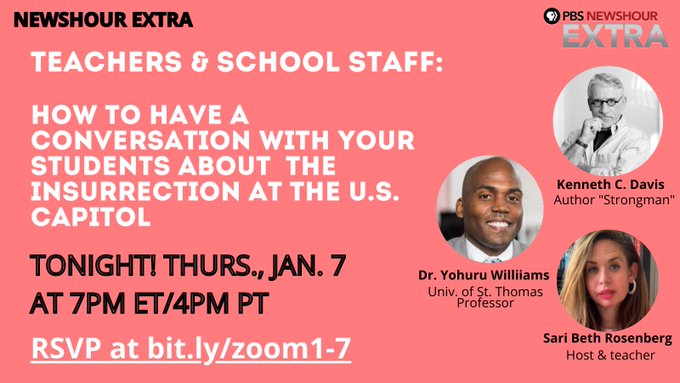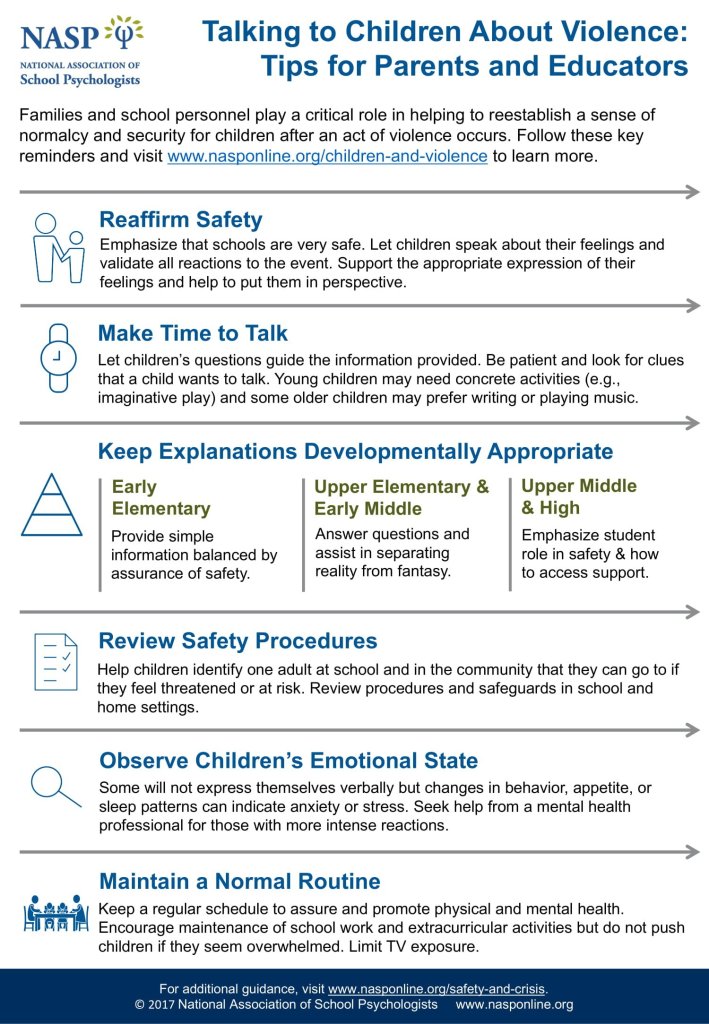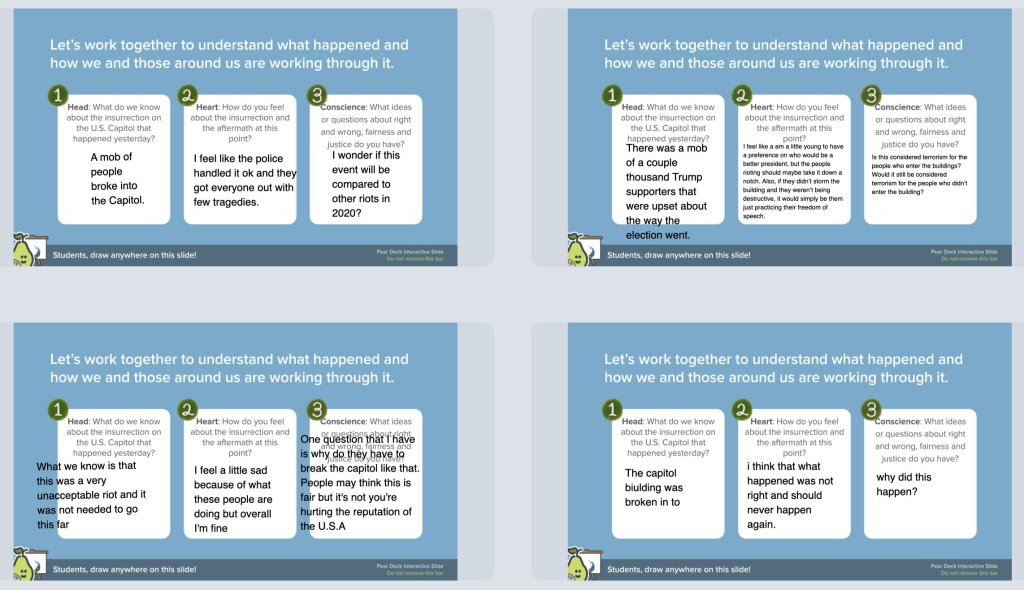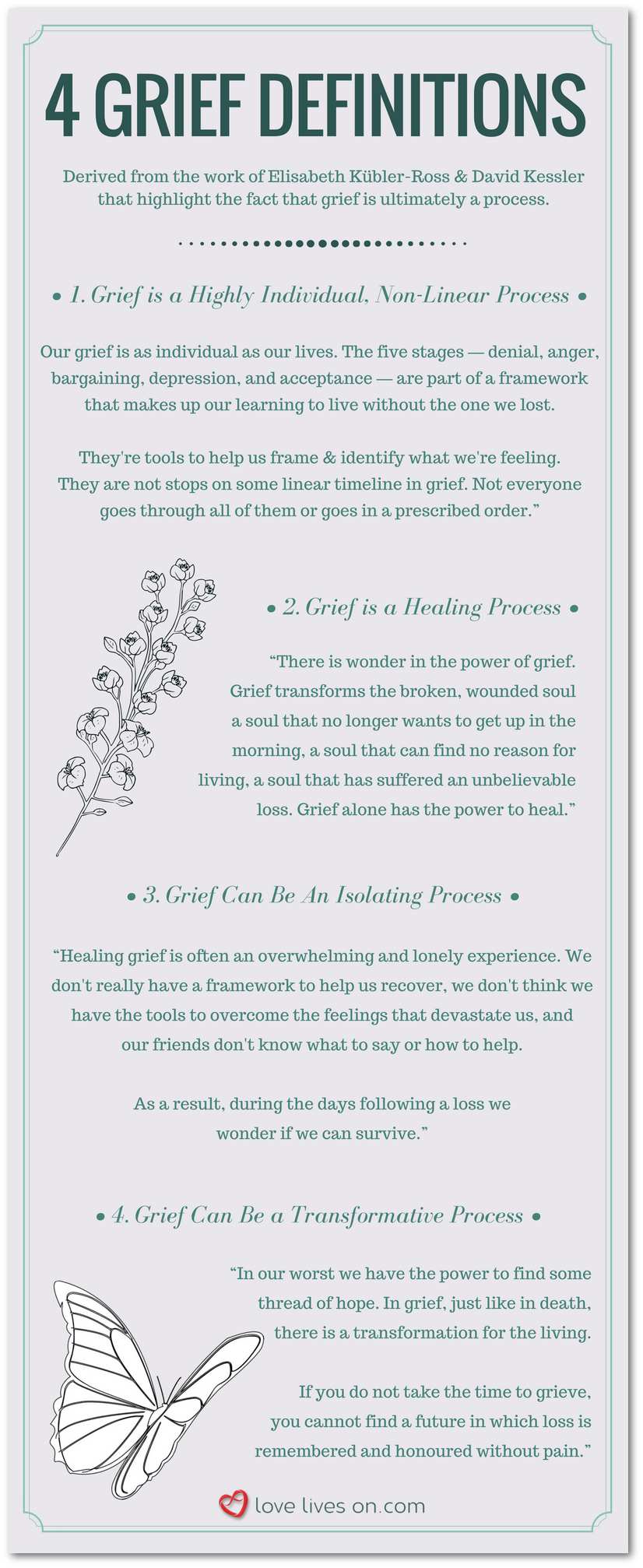In considering the events on January 6th 2021 we must help our students process this to better understand what occurred.

Read
RESPONDING TO THE INSURRECTION AT THE US CAPITOL
RESOURCES FOR TEACHERS ON THE DAYS AFTER THE ATTACK ON THE U.S. CAPITOL.
Talking to Kids About the Attack on the Capitol NEA
NASP Statement on the Assault on the U.S. Capitol NASP
NASP Guidance for Ensuring Student Well-Being in the Context of the 2020 Election NASP
Teaching Resources to Help Students Make Sense of the Rampage at the Capitol New York Times
Dozens of lesson plan ideas, activities and Times materials for exploring the causes and consequences of this assault on democracy in the United States.
Resource Guide
Resources for School Communities in Times of Crisis – Great resources on a Google Doc
Streaming Event

PBS NewsHour Extra@NewsHourExtra·Teachers & school staff: TONIGHT at 7pm ET (4pm PT) w/ @YohuruWilliams@kennethcdavis@saribethrose RSVP: http://bit.ly/zoom1-7 Talk w/ other educators on how to process the #insurrection w/ students & support one another. #sschat#apgov#hsgovchat#USCapitol#CapitolRiots
Consider this when talking with students-
Organize your talk using these themes below-
Sigal Ben-Porath, an expert in civic education at the University of Pennsylvania Graduate School of Education and fellow at the Center for Ethics at Harvard, says teachers should not ignore yesterday’s historic events.
But they have to be prepared for the conversation. Ben-Porath suggests starting with these areas of focus:
- The facts about the democratic process: according to grade and knowledge levels, discussing the roles of voters, electors, the courts, state legislative bodies, and Congress. The older the kids are, the more detailed the conversation can be, and more opportunities for independent research should be offered.
- The events that happened yesterday. Look at diverse and reliable news sources, and apply critical digital literacy skills to social media posts that come from unverified sources. Focus on local news and on public media (such as NPR) to support a habit of consuming reliable news.
- Discuss the reality of living in historic moments. This can be compared to the lives of people in other crucial moments for democracy. Students can talk about where they were, what they did, what others who were nearby might have felt, etc.
Teachers holding class online because of the pandemic will also have to think about how the platform might have to change the conversation. The country is clearly polarized. In an online setting, parents can potentially hear the discussion. Students might feel uncomfortable engaging if they know their parents, or many of their classmates’ parents, would hear them disagreeing with the parents’ beliefs.
The goal: finding ways to develop together true knowledge about the events. What happened, and why it matters, are the key questions.
The process has to include the students, so that they create this knowledge together. The only way to overcome our current polarization is by learning to share the facts, to have a shared understanding of reality. The source of a lot of this chaos is the rift in the facts we have (who won the election, what body has what constitutional role, etc). If students can learn to rely on each other, on their teachers, and on reliable sources, to understand events around them, we can start building the path back to democracy.

NASP developed election resources to assist adults helping youth navigate feelings of uncertainty and strong emotions, understand hate-based violence, and cope with cope with threatening actions or speech.
Parents: http://bit.ly/39ntkKL
Educators: http://bit.ly/35gN2pU

Class Activities
Breaking down with Incident with 3 prompts to reflect the students HEAD, HEART, and CONSCIENCE.

Holding a Community Circle for your class could help the discussion process.
Community Circle Guidelines– Gives the concept of Community Circles and procedures.
Community Circle Flow for “Breaking News” for 3rd-6th Grade Students
Read Aloud by author/illustrator Sarah Lynn Reul https://youtu.be/V-U3lF5Ei_E
| Opening Quote | “I suspect that the most basic and powerful way to connect with another person is to listen. Just listen. Perhaps the most important thing we ever give each other is our attention. And especially if it’s from the heart.” –Rachel Naomi Remen |
| Round 1 | Let’s do a check-in. Are you mad, sad, glad, and/or afraid today? What is that mostly about? |
| Yesterday was a BREAKING NEWS day in the United States. When reflecting on what happened at the United States Capitol as Congress was working to verify the election… | |
| Round 2 | I am going to put on on some calm music for one minute, while you take that time to draw a picture of how you are feeling right: mad, sad, glad, afraid. We will take time for everyone to share their drawing. |
| Round 3 | It’s okay to disagree with others, but what would it look like, sound like, or feel like to have a peaceful disagreement? |
| Round 4 | Do you think that YOU need to be a better listener? Why or why not? |
| Round 5 | Is there anything else you want to add to the circle about yesterday’s events that we did not talk about? |
| Close the Circle | Let’s take a couple of minutes to close our circle with a mindful breathing activity. (Choose your classes favorite breathing strategy-Box breathing, Figure 8, Breath in-Breath-Out). |
Community Circle Flow for January 7, 2021 for Middle School and High School
| Opening Quote | Read the poem, “Let American Be American Again” by Langston Hughes https://poets.org/poem/let-america-be-america-again |
| Round 1 | As you listened to Mr. Hughes’ poem were you mad, sad, glad, or afraid? What is that mostly about? |
| When reflecting on what happened at the United States Capitol as Congress was working to verify the election… | |
| Round 2 | What surprised you about yesterday? |
| Round 3 | What has changed or challenged your thinking? |
| Round 4 | How do we reject violence in our daily lives? |
| Round 5 | What can you do to make a non-violent difference in Your Life, Your School, Your World? |
| Close the Circle | Is there anything else you want to add to the circle about yesterday’s events that we did not talk about? |






